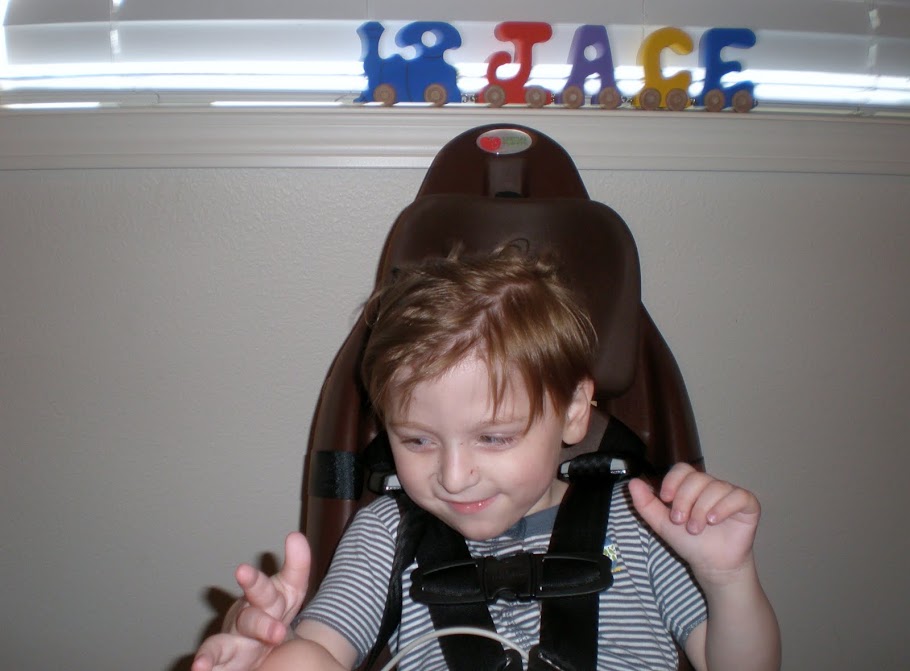Hippotherapy, a treatment tool utilizing the movement of a horse, is medically oriented to address sensory, motor, and perceptual deficits. It is used to treat individuals with acquired and developmental disabilities.
In 1997, at the Ninth International Riding Congress, a conceptual framework for Hippotherapy was presented to 700 people, representing 31 countries by the American Hippotherapy Association. These eleven points are briefly summarized:
1. Neural plasticity and Self-Organization – Hippotherapy can move a client beyond the point where traditional tools have plateaued by accessing the central nervous system in a new way and new movement strategies promotes modification, reorganization, and enhanced movement capabilities.
2. Control Parameter-The movement of the horse’s back transmitted to the patient can be a control parameter for upright sitting.
3. Preferred Patterns of Behavior – Hippotherapy creates an instability in old patterns of behavior and encourages the emergence of new motor and alertness patterns.
4. Rhythmicity and Entrainment-The movement of the client and the horse becomes coupled so that they interact and influence one another.
5. Perception/Action – The movement through space, changing support surface, and visual flow provide vestibular, somatosensory, visual information to the client, which is simultaneously integrated and translated into action.
6. Postural Mechanism-The multidimensional movements of the horse provide ample opportunity to explore, contolr, and coordinate posture and movement that in turn influences cognitive and communication function.
7. Arousal-The horse’s movement provides powerful input to the arousal mechanisms of the central nervous system.
8. Motivation-Hippotherapy provides motivation through the demands of the task and the interaction in an interesting, enjoyable environmement.
9. Variability of Practice and Problem Solving-During treatment the therapist varies the direction, speed, or amplitude of the horse’s movement challenging the client to actively participate.
10. Adaptability-The dynamic nature of hippotherapy encourages the individual to continue to explore, select, and adapt appropriate movement strategies relatice to the changing context.
11. Function in Multiple Environmments-The development of adaptability assists in promoting functional performance in other environments.

No comments:
Post a Comment